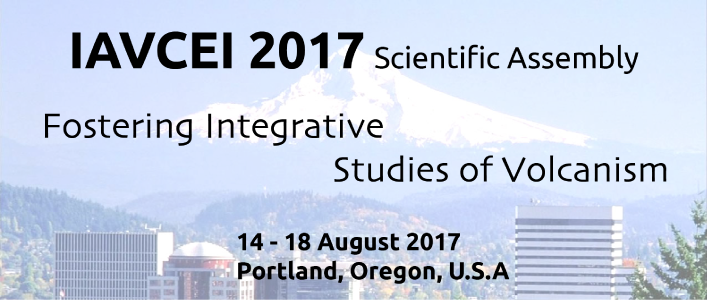SCIENTIFIC PROGRAM
II. Using geophysics and geochemistry to probe magmatism and eruption processes
II.1 Viscous Lava Flows and Domes: Multi-disciplinary Studies of Emplacement Mechanisms
Conveners:
Steven Anderson, University of Northern Colorado; steven.anderson@unco.edu
Jonathan Fink, Portland State University; jon.fink@pdx.edu
Yan Lavallee, University of Liverpool; Yan.Lavallee@liverpool.ac.uk
Jackie Kendrick, University of Liverpool; Jackie.kendrick@liverpool.ac.uk
Ben Kennedy, University of Canterbury; ben.kennedy@canterbury.ac.nz
This session focuses on multi-disciplinary studies that explore the relationships between observations of viscous lava flows and domes, and models for their emplacement. Welcome contributions include field mapping of textures, structures and morphology; remote sensing of surfaces including LiDAR and thermal infrared; analog and numerical simulations; geophysical monitoring; and geochemistry of products. These will complement investigations of recently-active intermediate to silicic composition extrusions. A main goal is to blend studies of older flows whose behavior must be inferred with those of recent flows observed while active to answer questions such as: (1) What magma ascent conditions and physical properties regulate lava dome eruptions? (2) What mechanisms, processes and stress conditions trigger geophysical signals during dome eruptions? (3) What are the relationships among degassing, outgassing, magma permeability and lava surface textures and structures? (4) How does dome structural stability evolve through time? (5) What are potential triggers for dome failure and collapse? (6) How do we reconcile monitored data obtained at different acquisition rates and precision? (7) How does dome structure relate to conduit geometry? This session will be preceded by a pre-conference field trip to Holocene-aged, dike-fed silicic flows in the Cascade Mountains of Oregon and California, USA.


